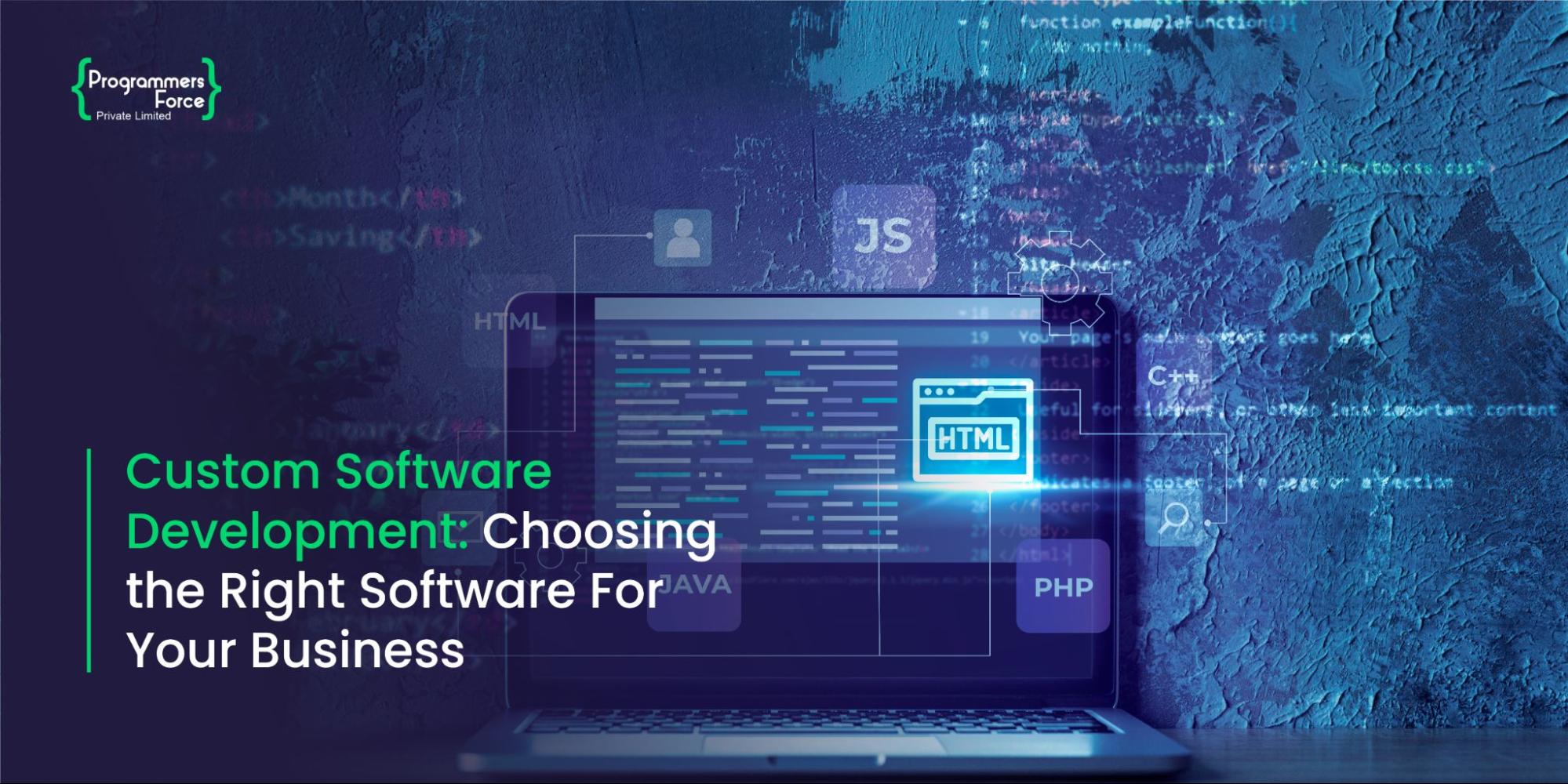
Programmers Force’s Guide to Front-End Development in 2023
It seems like everyone is using the internet these days. It not only facilitates the interconnectivity of online users but also provides an innovative foundation for digital businesses.
The modern landscape depends largely on the world wide web using web applications, communication channels (email, social media), and sources of information.
All these web-based solutions are made up of two major components, the front end, also referred to as the client side, and the back end, or the server side.
This write-up will cover the front-end side of things where users interact with the digital system, such as the navigation screens, buttons, site map, and utilities. For a better understanding of the client side, developers call it the UI (User interface), designed for consumer use.
What is the Scope of Front End Developers in 2023?
With a strong emphasis on UI/UX development, front-end developers will get a rise in demand. It will become a fantastic career choice and is one of the most accessible fields. In addition, with the right training and skills, it will become a highly-paid job in the future.
What is Front-End Development?
In every web application, there are two major components: the front and the back end.
To understand the difference between front and back-end developers, let us consider an example of a car where the body, shape, and colour can be taken as the front end while the engine that runs the car is the back end.
Front-end development is the creation of the application’s client side. It is a part of software development in which developers curate the user interface based on the UX (User experience) principles.
The professionals who are responsible for implementing the user interface are known as front-end developers. As a whole, front-end development is the creation of a website’s appearance, style, and design.
How to Become a Front-end Developer?
Becoming a front-end developer requires a complete understanding of software architecture and how it all works together. But, in this blog, we will lay down a simple outline for becoming a successful front-end developer.
Let’s start with some simple understanding. A front-end developer is responsible for the parts of an application by which users can access the resources of a digital system.
Starting with HTML, CSS and Javascript
To start learning the basics of front-end application development, start things off by grasping the HTML concepts.
HTML (Hypertext markup language) is the language that structures the front-end components. It is like the skeleton of every element on the page. Learning HTML is the first step, followed by CSS (Cascading Style Sheets).
CSS is what enhances the look and feel of the digital application. With this technology, developers can change the colours of HTML elements, resize them, and implement animations and the overall styling of the page.
JavaScript comes next, which is known as the programming language for the web. It is the powerhouse that is responsible for the behavior and interactivity of front-end components.
Learn the Command Line
After learning the three basic technologies, HTML, CSS, and JavaScript. Move on towards building the command line skills. The CLI (Command Line Interface) is the approach most developers and industry professionals use to navigate between files and folders of the application.
It is a powerful utility that allows complete control and authority when managing files over the development environment. It is a much faster way of modifying and accessing resources compared to the GUI (Graphical User Interface).
With CLI, you can also run different commands that start and shut the server. For instance, all the front-end libraries, such as extensions, tools, and frameworks, are initiated using the command line interface.
Start using Version Control
Every digital application is built following a complete workflow, and most modern-day development firms create programs in multiple iterations. Each separate cycle is saved under the name of the version, denoted as v1, v2, and v3.
While developing digital solutions, there are many instances when developers need to roll back to a previous version. Version control is there to fulfil this requirement.
A version control system is a solution that keeps track of all the previous records and edits made within the codebase. Git is one of the primary and open-source version control systems that firms use for tracking changes and managing versions.
Version control improves the speed and data integrity of the workflow. GitHub is an IT service management firm that provides solutions for software development based on Git. To become a successful front-end developer, one should have a strong grip on version control systems on their sleeves.
Use Modern Frameworks
After learning all the above tools and technologies. The next step is to start learning modern front-end frameworks that make web and mobile application development easy and convenient.
There are many front-end frameworks, such as React, Angular, and Vue, that drastically improve the development time and application performance. All these libraries provide ready-to-use front-end solutions that are much easier to implement than starting from scratch.
With front-end frameworks, developers can improve the look and feel of the application, also increasing the scalability and performance of the front end.

What the Future Holds?
The future of front-end development is much brighter as companies are shifting toward digital solutions. Especially after the pandemic, most businesses went digital and still are developing online solutions to have a virtual presence.
The latest trends show that there will be a deficit of almost 1 million developers in the future. This figure indicates the demand for front-end professionals in 2023 and beyond. The field is also solid when it comes to salary. According to Glassdoor, a front-end developer earns an average of $86,178 per year.
How Can Programmers Force Help?
Programmers Force steps up to onboard developers with exemplary skills in the field of front-end development. Being one of the first AI-based technology firms, the firm is envisioned to bring the digital revolution to the modern world.
With different departments covering data science, digital product and design, sales and business support, technology, and application development, Programmers Force provides tons of opportunities to talented developers from all across the world.










